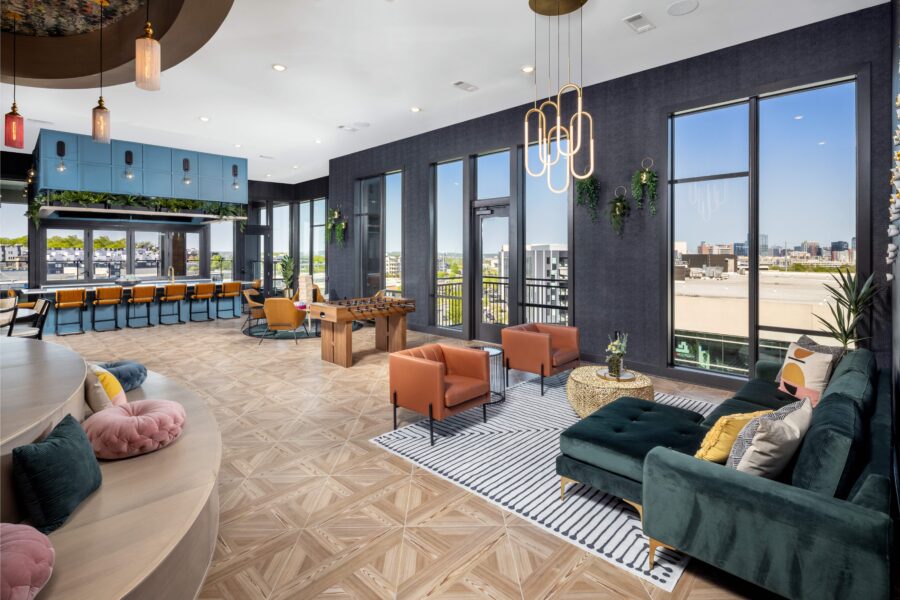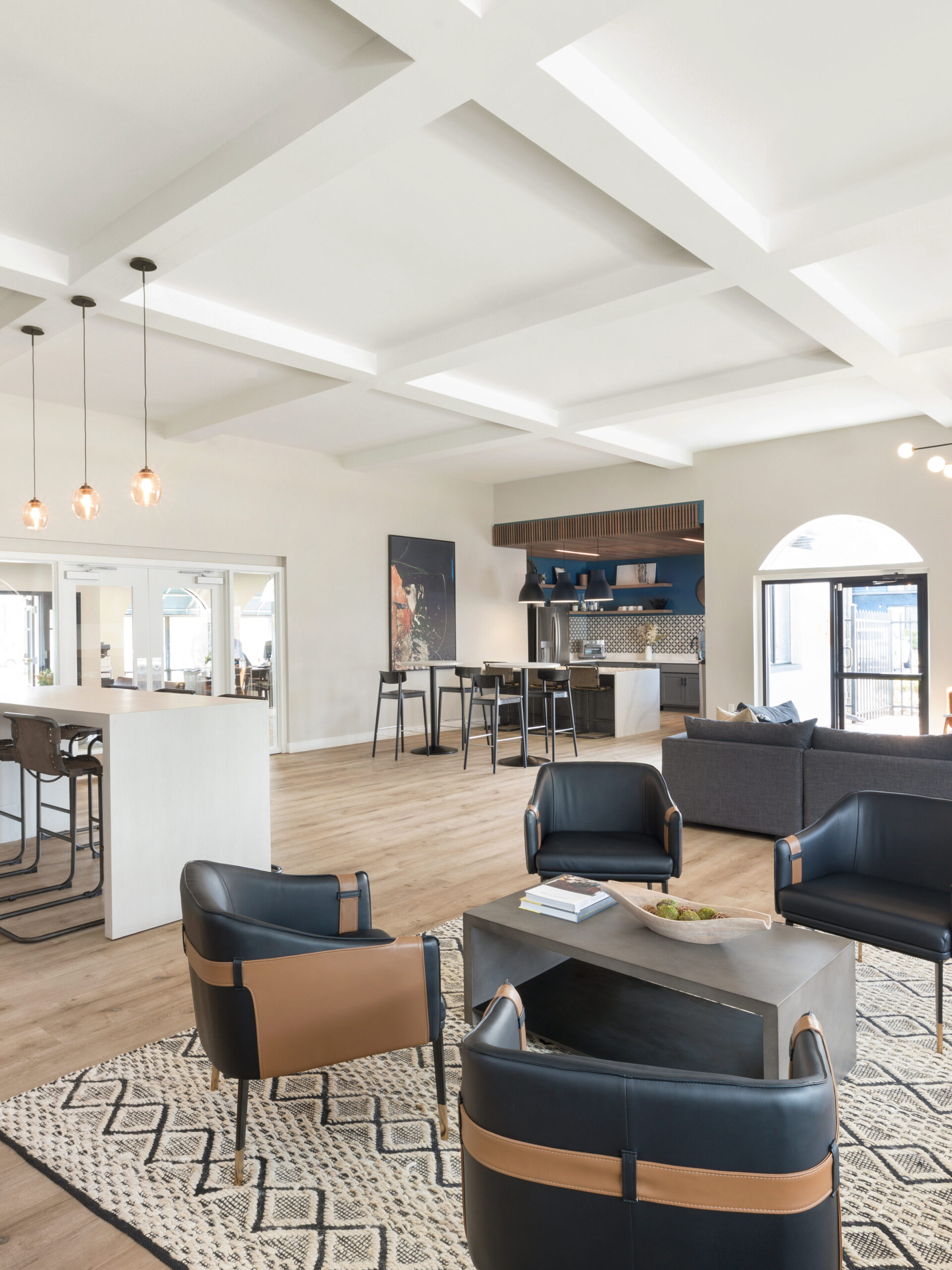Transforming Spaces with the Power of Staging
A home, an office, a commercial property; each space carries the potential to evoke emotions, create memorable experiences, and essentially become a canvas for life.
In the world of property development and design, the importance of this potential cannot be overstated. But how do we transform these spaces into something more? This is where the art of staging comes into play. We spoke to Brittany Henrickson, Dealership Designer, and Jill St. Claire, Creative Director at Mitsch Design, to gain a deeper understanding of the magic behind staging.
“Staging is presenting furniture, artwork, accessories and other furnishings to help a resident/customer feel how it might feel to live there,” Jill begins. The process is designed to evoke a positive emotional connection, a sense of familiarity and comfort. “It can help them envision functionality and layout options, inspire their own design aesthetic, highlight the best features of the space and make it feel like ‘home’.”

Staging Enhances Property Appeal and Facilitates Visualization
There are myriad reasons why Mitsch Design, a leading player in the interior design industry, offers staging as a key service. According to Brittany, staging enhances the property’s appeal and differentiates it from competitors. It makes the property more attractive and memorable to prospective tenants, which can result in faster leasing.
Staging also facilitates visualization. “It helps a potential resident feel a positive connection to the space, which then makes them want to utilize the space more often,” says Jill. This helps prospective tenants visualize how their own furniture might work in a similar space.
How It Works

The installation and staging process is intricate, involving several stages and professionals. “We work with an installation company that shows up on the day of install, they store the furniture until the client is ready to install,” explains Brittany. Once the furniture is delivered, unpacked, and installed, designers start arranging the pieces and putting the final touches on everything.
Jill St. Claire emphasizes the importance of having experienced Commercial Interior Designers present during the process. “No matter how much planning we do, you can’t 100% account for how the space will ‘feel’ once you’re in there, so it’s important to have experienced designers there that can edit and finesse things on the fly.”
A Thorough Review
The task doesn’t end with installation. Both Brittany and Jill agree that it’s essential to walk the client through the space and get their thoughts on the overall design. “We do a thorough walk through at the end of installation to go through any punch items, go through the inventory list, and get their thoughts on the space in its entirety,” says Brittany.
Styling for Diverse Resident Profiles

Finally, how does Mitsch Design cater to diverse resident profiles? “Many of our apartment projects see a wide range of resident demographics, so the spaces need to appeal to many different ages, backgrounds, and interests,” Jill mentions. A balance is created between neutral items and unique elements like a commanding piece of artwork, a bold rug, or a bright-colored sofa, allowing each person that walks through that space to find something they’re drawn to.
The power of staging is incredible; it’s the difference between a house and a home, an office and a creative sanctuary. It’s not just about creating an aesthetically pleasing space, but one that creates a sense of belonging and familiarity. In the hands of experts like Mitsch Design, staging becomes a magical process, transforming spaces into inviting, attractive environments.
